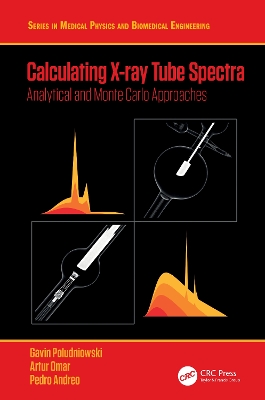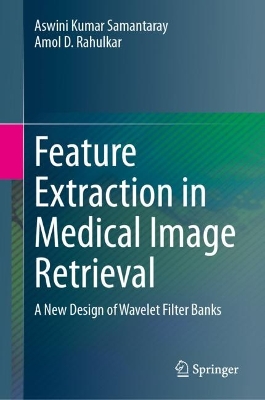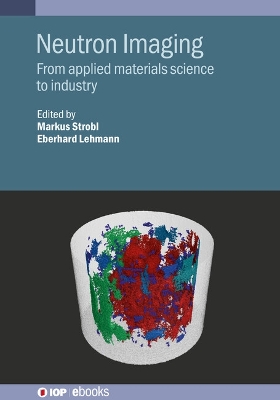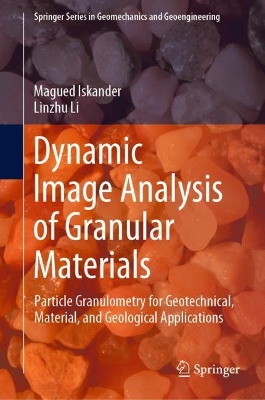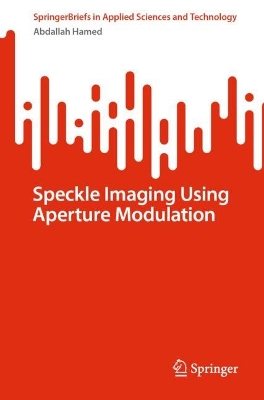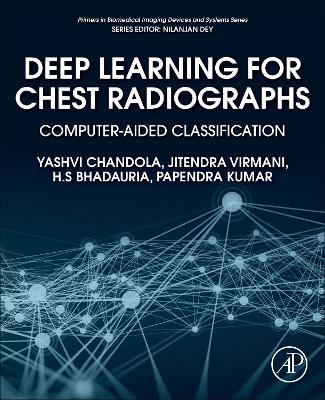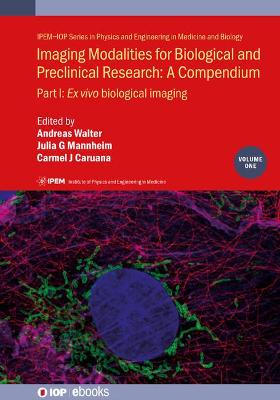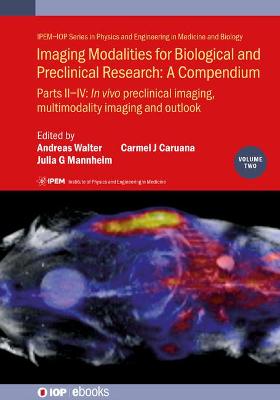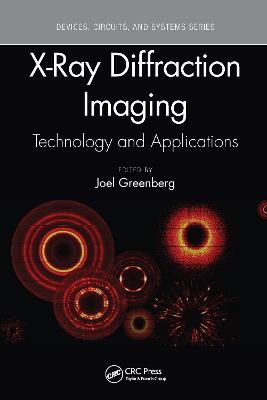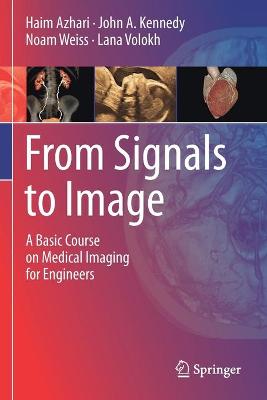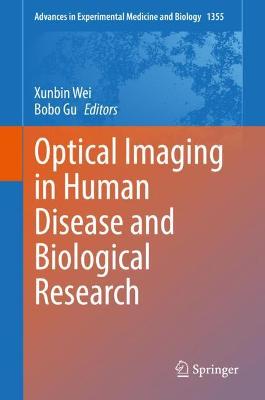Medical Applications of Laser Molecular Imaging and Machine Learning
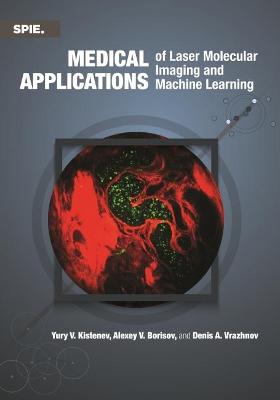 portes grátis
portes grátis
Medical Applications of Laser Molecular Imaging and Machine Learning
Sr., Denis A. Vrazhnov; Kistenev, Yury V.; Borisov, Alexey V.
SPIE Press
09/2021
252
Mole
Inglês
9781510645349
15 a 20 dias
333
1 Fundamental Concepts Related to Laser Molecular Imaging
Introduction
1.1 Molecular Biomarkers
1.1.1 Biomarker conception
1.1.2 Groups of molecular ""omics"" biomarkers
1.1.3 Pattern-recognition approach for metabolic profiling
1.1.4 Biological specimens for noninvasive diagnostics
1.2 Basics of Laser Molecular Spectroscopy and Imaging
1.2.1 Molecule absorption spectra
1.2.2 Raman scattering spectra
1.2.3 Fluorescence spectra
1.2.4 Molecular imaging
1.3 Basics of Machine Learning
Conclusion
References
2 Laser-based Molecular Data-Acquisition Technologies
Introduction
2.1 Data-Acquisition Technologies Suitable for Breath Biopsy
2.1.1 The aim of data acquisition by breathomics
2.1.2 Nonoptical experimental methods for breathomics
2.1.3 Breath air sampling
2.1.4 Laser absorption spectroscopy
2.1.5 Fluorescence spectroscopy
2.2 Data Acquisition Technologies Suitable for Optical Liquid Biopsy
2.2.1 Possible optical modes for liquid sample analysis
2.2.2 Data acquisition using unprocessed or drying liquid samples
2.3 Data Acquisition Technologies Suitable for Optical Tissue Biopsy
2.3.1 Experimental methods for nonoptical tissue biopsy
2.3.2 Interaction of laser radiation with a tissue
2.3.3 Possible experimental laser spectroscopy methods for in vivo tissue optical biopsy
2.3.4 Possible experimental laser molecular imaging methods for in vivo tissue optical biopsy
Conclusion
References
3 Informative Feature Extraction
Introduction
3.1 Feature Selection
3.1.1 Univariate methods of feature selection
3.1.2 Multivariate methods of feature selection
3.2 Feature Extraction
3.3 Outliers and Noise Reduction
3.3.1 Outlier removal
3.3.2 Noise reduction by signal filtration
Conclusion
References
4 Clusterization and Predictive Model Construction
Introduction
4.1 Unsupervised Learning Methods: Clusterization
4.1.1 K-means algorithm
4.1.2 Density-based spatial clustering of applications with noise (DBSCAN)
4.1.3 Markov clusterization algorithm (MCL)
4.2 Predictive Model Construction
4.2.1 Linear discriminant analysis (LDA)
4.2.2 K-nearest neighbors (KNN)
4.2.3 Partial least squared discriminant analysis (PLS-DA)
4.2.4 Soft independent modeling of class analogy (SIMCA)
4.2.5 Naive Bayes
4.2.6 Support vector machine (SVM)
4.2.7 Multi-class decision rules based on binary classifiers
4.2.8 A random forest
4.2.9 Artificial neural networks
4.2.10 Extreme learning machine (ELM)
4.2.11 Deep learning neural networks
4.2.12 Improving prediction models; ensemble learning
4.2.13 Predictive model validation
Conclusion
References
5 Medical Applications
Introduction
5.1 Breath Optical Biopsy by Laser Absorption Spectroscopy and Machine Learning
5.1.1 Machine learning pipeline for chemical-based breathomics
5.1.2 Machine learning pipeline for ""profiling""-based breathomics
5.2 Liquid Optical Biopsy by IR and THz Laser Spectroscopy and Machine Learning
5.2.1 Calibration and pre-processing
5.2.2 Chemical-based liquid optical biopsy data modeling by machine learning
5.2.3 ""Profiling""-based liquid optical biopsy data modeling by machine learning
5.3 Tissue Optical Biopsy Using Laser Molecular Imaging and Machine Learning
5.3.1 Calibration and pre-processing
5.3.2 Tissue optical biopsy data modeling using machine learning
Conclusion
References
Supplemental Materials
Index
1 Fundamental Concepts Related to Laser Molecular Imaging
Introduction
1.1 Molecular Biomarkers
1.1.1 Biomarker conception
1.1.2 Groups of molecular ""omics"" biomarkers
1.1.3 Pattern-recognition approach for metabolic profiling
1.1.4 Biological specimens for noninvasive diagnostics
1.2 Basics of Laser Molecular Spectroscopy and Imaging
1.2.1 Molecule absorption spectra
1.2.2 Raman scattering spectra
1.2.3 Fluorescence spectra
1.2.4 Molecular imaging
1.3 Basics of Machine Learning
Conclusion
References
2 Laser-based Molecular Data-Acquisition Technologies
Introduction
2.1 Data-Acquisition Technologies Suitable for Breath Biopsy
2.1.1 The aim of data acquisition by breathomics
2.1.2 Nonoptical experimental methods for breathomics
2.1.3 Breath air sampling
2.1.4 Laser absorption spectroscopy
2.1.5 Fluorescence spectroscopy
2.2 Data Acquisition Technologies Suitable for Optical Liquid Biopsy
2.2.1 Possible optical modes for liquid sample analysis
2.2.2 Data acquisition using unprocessed or drying liquid samples
2.3 Data Acquisition Technologies Suitable for Optical Tissue Biopsy
2.3.1 Experimental methods for nonoptical tissue biopsy
2.3.2 Interaction of laser radiation with a tissue
2.3.3 Possible experimental laser spectroscopy methods for in vivo tissue optical biopsy
2.3.4 Possible experimental laser molecular imaging methods for in vivo tissue optical biopsy
Conclusion
References
3 Informative Feature Extraction
Introduction
3.1 Feature Selection
3.1.1 Univariate methods of feature selection
3.1.2 Multivariate methods of feature selection
3.2 Feature Extraction
3.3 Outliers and Noise Reduction
3.3.1 Outlier removal
3.3.2 Noise reduction by signal filtration
Conclusion
References
4 Clusterization and Predictive Model Construction
Introduction
4.1 Unsupervised Learning Methods: Clusterization
4.1.1 K-means algorithm
4.1.2 Density-based spatial clustering of applications with noise (DBSCAN)
4.1.3 Markov clusterization algorithm (MCL)
4.2 Predictive Model Construction
4.2.1 Linear discriminant analysis (LDA)
4.2.2 K-nearest neighbors (KNN)
4.2.3 Partial least squared discriminant analysis (PLS-DA)
4.2.4 Soft independent modeling of class analogy (SIMCA)
4.2.5 Naive Bayes
4.2.6 Support vector machine (SVM)
4.2.7 Multi-class decision rules based on binary classifiers
4.2.8 A random forest
4.2.9 Artificial neural networks
4.2.10 Extreme learning machine (ELM)
4.2.11 Deep learning neural networks
4.2.12 Improving prediction models; ensemble learning
4.2.13 Predictive model validation
Conclusion
References
5 Medical Applications
Introduction
5.1 Breath Optical Biopsy by Laser Absorption Spectroscopy and Machine Learning
5.1.1 Machine learning pipeline for chemical-based breathomics
5.1.2 Machine learning pipeline for ""profiling""-based breathomics
5.2 Liquid Optical Biopsy by IR and THz Laser Spectroscopy and Machine Learning
5.2.1 Calibration and pre-processing
5.2.2 Chemical-based liquid optical biopsy data modeling by machine learning
5.2.3 ""Profiling""-based liquid optical biopsy data modeling by machine learning
5.3 Tissue Optical Biopsy Using Laser Molecular Imaging and Machine Learning
5.3.1 Calibration and pre-processing
5.3.2 Tissue optical biopsy data modeling using machine learning
Conclusion
References
Supplemental Materials
Index

